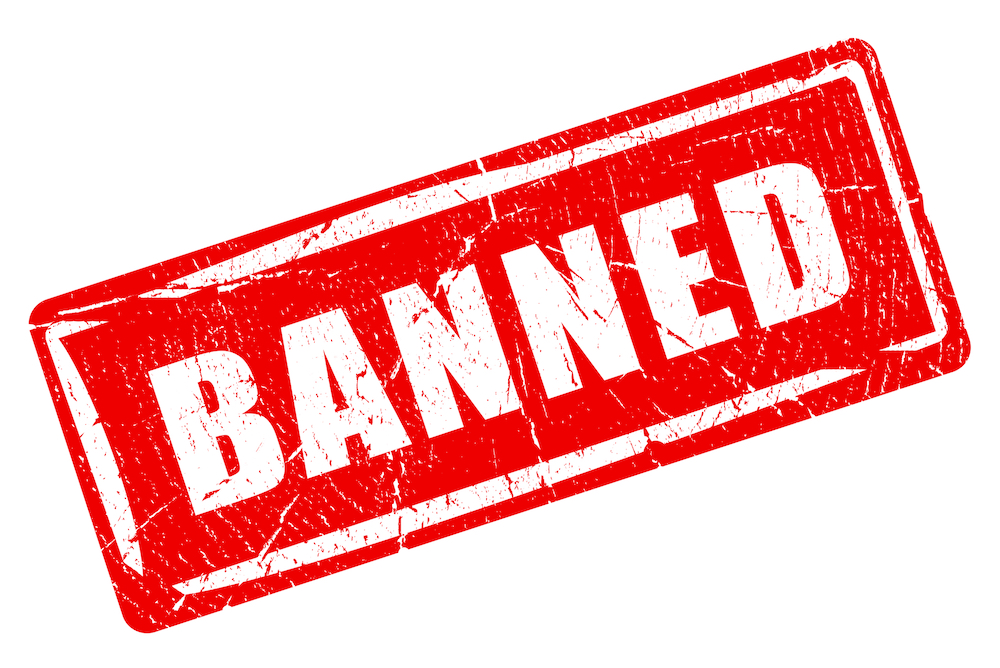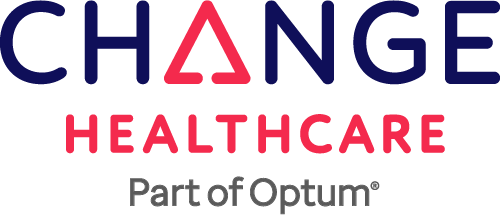Part 3 of 3. If you want to start with part 1, click here. WARNING, GRAPHIC PICTURE BELOW!!!!!
Over the next several days, we worked at Love-A-Child orphanage, treating various injuries. These injuries weren’t necessarily from the earthquake. One patient came in with a cut lip after a fight, another child came in with an infected knee joint. Really random stuff. And some injuries were complications associated with injuries that were in fact, sustained from the earthquake itself.
For example, there were many broken bones after the earthquake as expected. If a cast would suffice, that’s what the patient would receive. However, in many cases, the broken bone in question was a leg and the bone had to be straightened and fixated with a plate or similar type of hardware. One risk of hardware such as a metal plate across a broken bone, even in the best of circumstances (clean environment, access to soap and water), is the risk of skin breakdown, exposure of the plate and infection of the plate and underlying bone. And since these wound infections can happen even in the best of circumstances, patients are at even greater risk of infection living in a tent and not necessarily bathing. It’s not that they were non-compliant – they just didn’t have access to those things we take for granted here in the US.
As you can see here, a titanium plate is in position along a broken bone but because the overlying skin has opened, the bone and plate are at risk of infection. If untreated, this will ultimately lead to an amputation. The only option at potentially saving the leg is to take calf muscle, rotate it up and over the exposed hardware. While this is not guaranteed to work, it was this patient’s only chance at saving his leg. And surprisingly or not surprisingly, I saw two patients that same day with the same problem of exposed hardware. Again, their only option was to rotate their calf, or gastrocnemius muscle, over the hardware and then place a skin graft over the muscle.

The only problem was that I needed a proper operating room, not a makeshift dusty tent, to do this procedure. As I mentioned in part 1 of this 3 part series, the operating room back where we were staying in the Dominican Republic (DR), Good Samaritan Hospital (GSH), had a very well equipped, clean operating room but it was “off limits”.

There was a great deal of politics involved in using the operating room at GSH. Not on the part of the directors of the hospital but on the part of the Health Ministry in the DR (Dominican Republic). Keep in mind that in the immediate aftermath of the earthquake, a great many patients from Haiti were operated on at the Good Samaritan Hospital surgical facility. But I think empathy on the part of the Dominican Health Ministry ran low and an edict was handed down that Haitians could no longer receive care there. But after much discussion, involvement of Congressman Bill Cassidy from the Congressional District representing Baton Rouge, and a visit from the Healthy Ministry delegation (see below), we were finally given approval to have both patients come from Love-A-Child orphanage for surgery to cover the exposed hardware in their leg.

Once the patients got there, I had the privilege of working with members of our Greene Team in the operating room. Lance Davenport was our OR nurse, Dr. Paige our anesthesiologist. For the first case, Beth Smith, a pediatric nurse at Our Lady of the Lake was my surgical assistant and for the second case, Ann Long, an internal medicine resident scrubbed in with me. Dustin Lancaster and Holland Nader were our official photographers!

Both patients recovered overnight at GSH and were in good enough spirits the next morning to take a picture with the operative team.

The patients were then returned to the tent city at Love-A-Child orphanage. Unfortunately, several weeks later, our first patient’s leg became reinfected and he underwent an amputation. We learned of this because Dustin Lancaster, one of The Greene Team members returned to Haiti four more times and was able to follow up with some of our patients. The second patient moved on to another tent city and we are unsure of his recovery.
After our patients left GSH, we loaded up and drove back to Santo Domingo for a flight home the next day. When we left that day, obviously not knowing the ultimate fate of our patients at that point, I was very sad that, overall, we couldn’t give them the lives that every human being deserves. Sure we had attempted to save their legs, but unfortunately we still had to send them back to a tent city, rather than a home. The Greene Team’s efforts are but one story in the global and ongoing attempt to help Haiti. Hopefully, one day I will be able to blog about the transformation of Haiti into a self sufficient, modern society.



